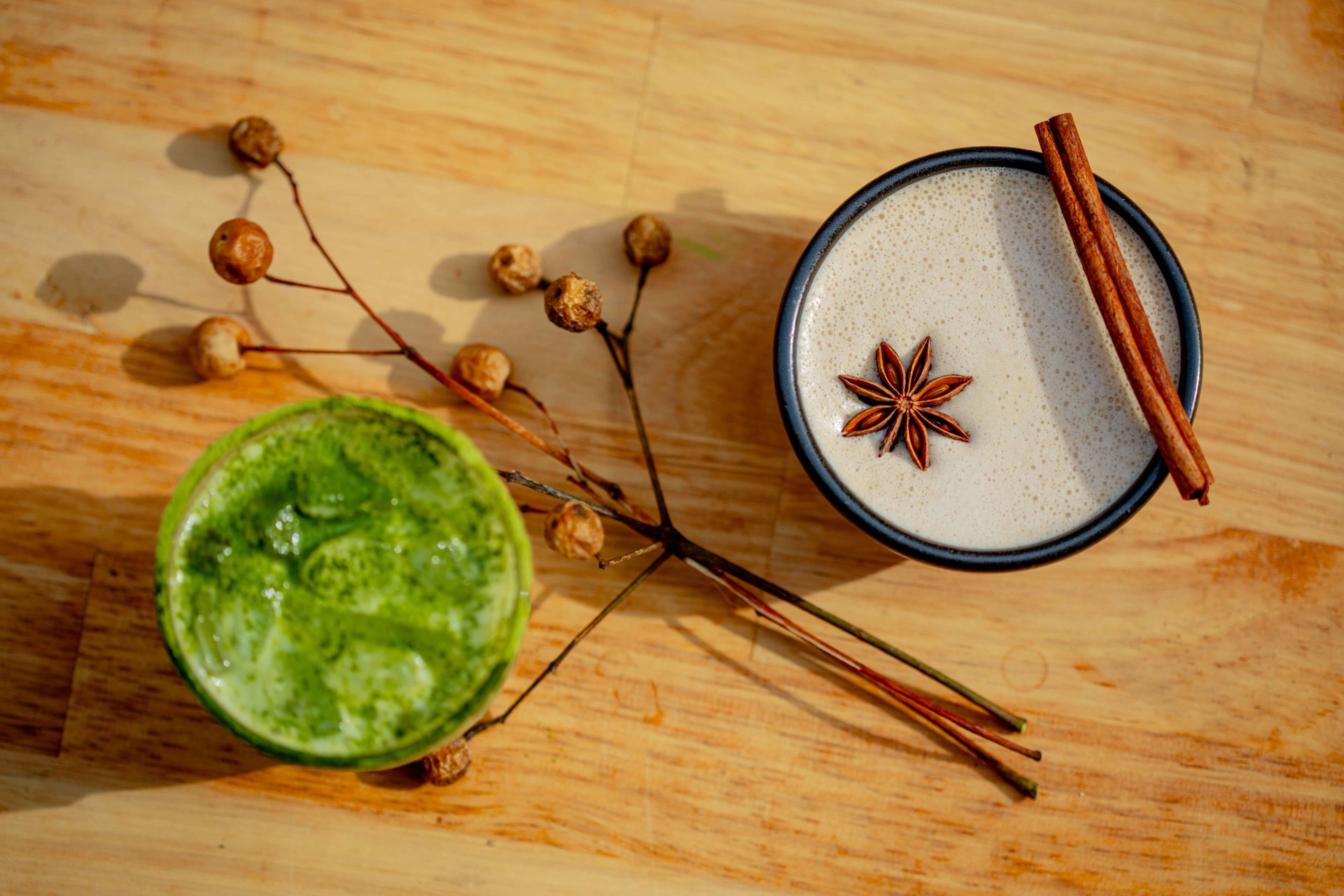The Story of ARTEAO the “Champagne of Matchas” – A Process
Matcha is powdered tea – Mat meaning ground, and Cha meaning tea, at matcha's highest quality it is deep green in color and defined by umami – a natural sweetness. Umami is a property from matcha being high in l-theanine, an amino acid linked to anxiety and stress relief. But how does one get high quality, fresh matcha in the modern age? The process of creating matcha is enmeshed into Japanese tradition, and ARTEAO, the champagne of matchas, follows that tradition closely.
Green tea can be traced back to China as early as the 8th century, and the process of making matcha from steam-prepared dry leaves is dated to the 12th century. We can thank Buddhist monks for matcha’s origination, zen monks would use the caffeine and l-theanines of powdered tea to achieve concentrated meditations, and possible enlightenment – through tea ceremonies. The focus of this post is not about the tradition of matcha though, but the process.
In a world of mass production, how do we stay true to the roots of tradition? Aki, ARTEAO’s female co-founder, works hard to maintain an age-old process. Tea comes from a number of cultivars, or different variants of plants with properties, tastes, and profiles. Coffee is another beverage that focuses on the cultivar to get certain notes and mouth feels. But for matcha to be matcha (and not green tea), matcha’s cultivars must be shade grown. When tea leaves are sun grown, they create a compound called catechins, high in antioxidants, but also a bitter flavor, which you don’t want for matcha. Instead the shade grown process is where the deep green color of matcha comes from, as well as, umami.
After the leaves are grown, they are hand-picked, steamed, and placed in a tencha-ro or a brick oven, to be dried. The slow process of the tencha-ro draws out the rich aroma of the leaves. From the tencha-ro the leaves are cut from the stem and veins, sorted, and dried again. Once the leaves have been dried a second time, they are ready for the stone milling which results in the fine green powder we call matcha. The stone milling is just as important as every step before, if the leaves aren’t stone milled at a certain rate you lose the nutrients and delicate flavors of your matcha.
True matcha, must follow the traditions it was founded on, and can’t be mass produced. If you are drinking a bright green and bitter matcha drink, odds are you aren’t actually drinking matcha. Event Espresso is happily partnered with ARTEAO because of the care, consideration, and control implemented through the process of how they produce their matcha.
ARTEAO sticks to matcha’s rich history and you can tell by the quality of their matcha, making them the champagne of matchas.

